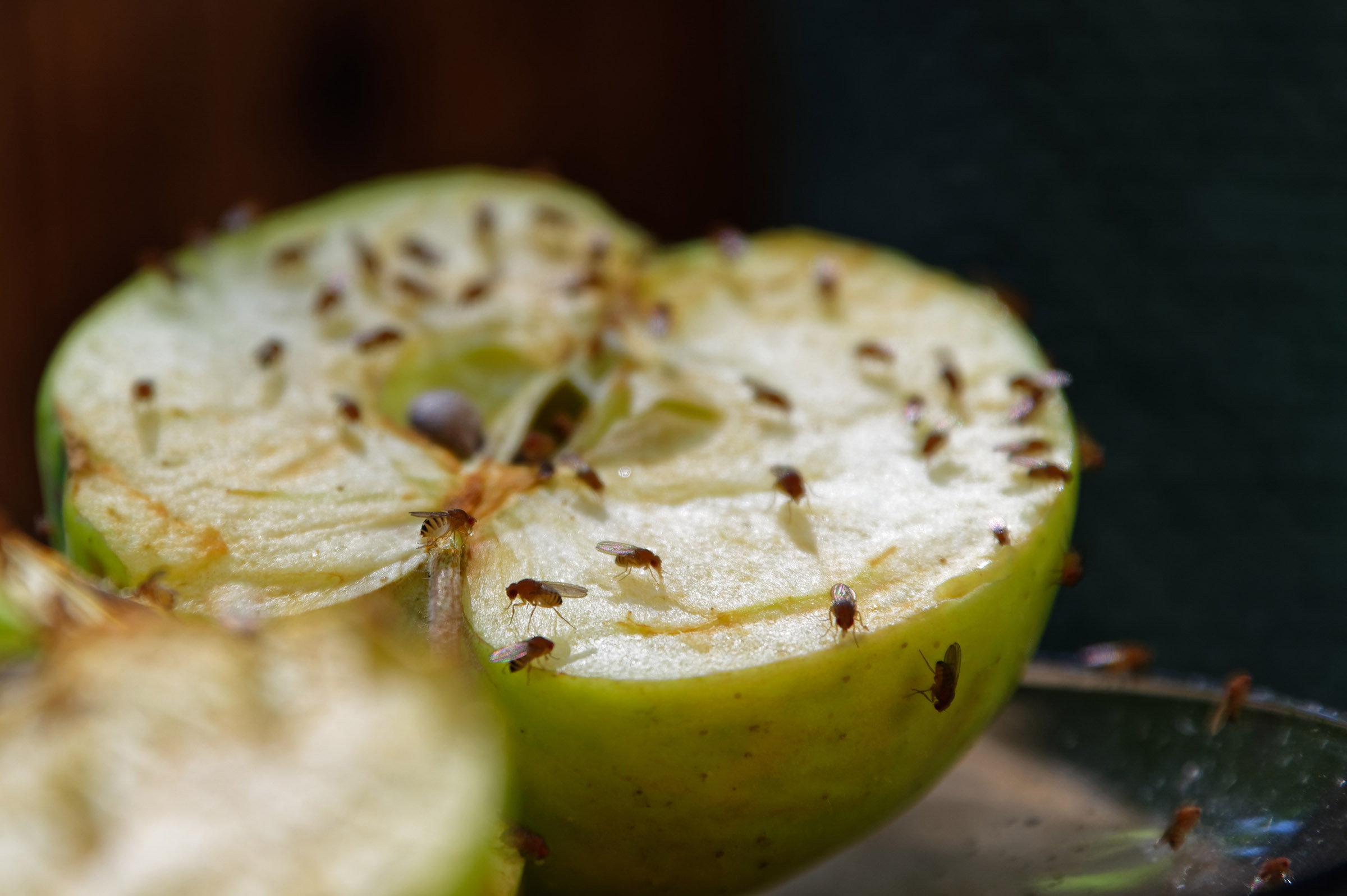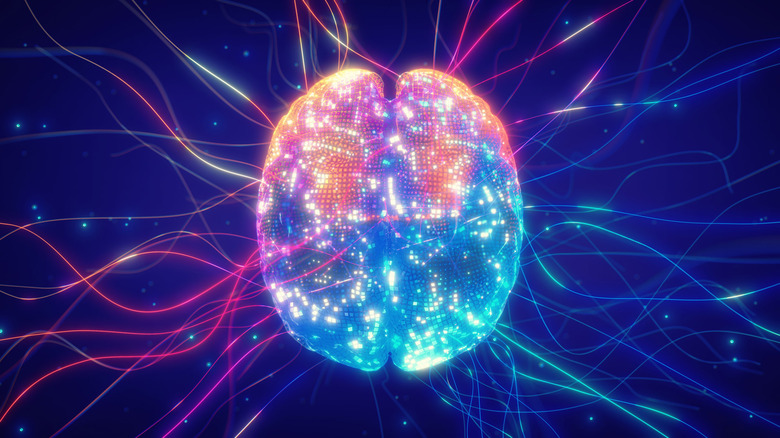First-Ever Complete Map Of A Fly Brain Uncovers Scary Similarities To AI Networks
Scientists have done something immeasurably intriguing: they've managed to map the brain of a larval fruit fly completely. It's a huge step forward for neuroscience, as it gives scientists a complete picture of the 3,016 neurons and 548,000 connections that fuel the fly's brain.
What's even more intriguing about this accomplishment is that the brain appears to share an amazing amount of similarities with AI neural networks. Networks like those have made it possible for AI to successfully imitate human evolution.
The map of the fly brain is not pictured in this article but can be seen in detail within the paper the researchers published in the journal Science. It was created over 12 years, with researchers mapping the various neurons and synapses running through the larval fly's brain. This map, called a connectome in neuroscience, includes the fly's brain lobes and its nerve cord.

For many, this map may be considered a massive shift in neuroscience. That's because many neural structures and pathways are believed to be conserved as animals and insects evolve. So, as the larval fruit fly grows from a small, writhing maggot into a full-grown fruit fly, it's believed that the map of the fly's brain will remain similar. It's also possible that this may be true for other insects, mice, and even humans.
But this accomplishment also goes beyond the realm of neuroscience, as some believe it could help inform the creation of futuristic AI neural networks, AI networks that are designed to mimic the more realistic brain ways of animals and insects. Before, we've only had rough ideas of where the different elements of an animal's brain may be; with this complete map of a fly's brain, though, we know exactly where everything is.
Think of it as going to a small town without knowing where anything is. But now that we have the map, we can easily find every little grocery store, boutique, and restaurant. This discovery, and the hard work these researchers have put in to map the fly's brain completely, will push research in the field to new levels, and with it, we have a better understanding of how the larval fruit fly's brain works as a whole.
